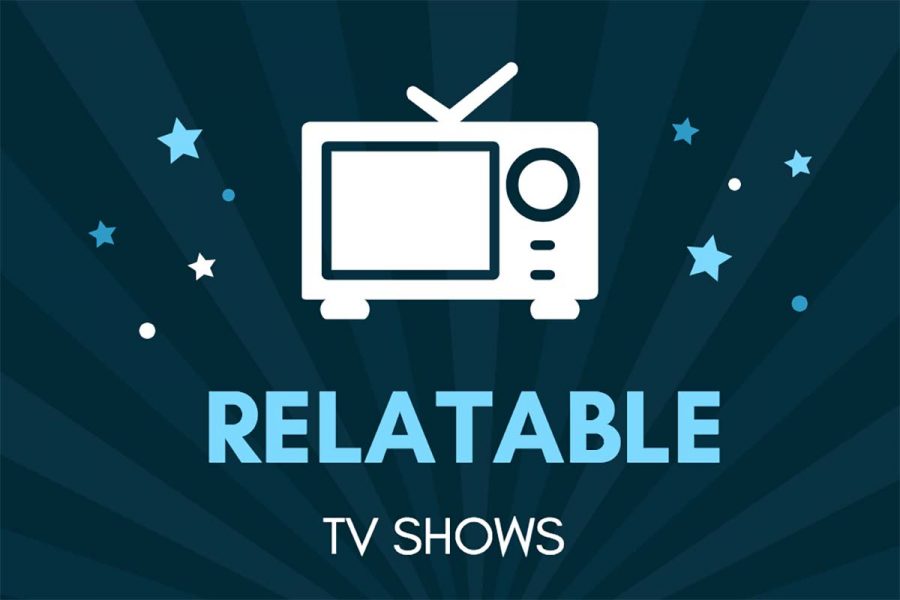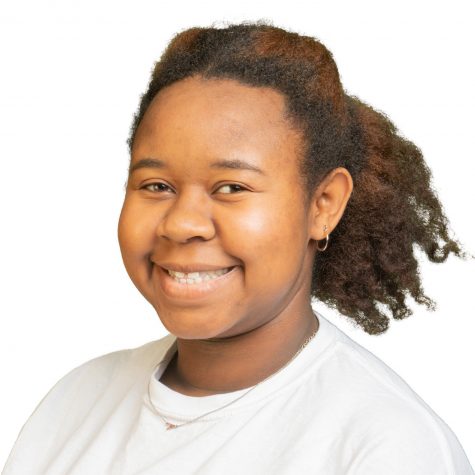A media state of mind
Impact of television highlights patterns of society
March 16, 2018
As society seems to progress, media begins to consume our spare time. Media ranges anywhere from music to TV to the apps on our phones. Since its debut in 1954, television has had one of the biggest influences on the world, with an average American viewership of 4.5 hours each day. As many companies have realized the power that TV has over the general public, many advertisements have been produced to persuade their viewers to which candidates to vote for or which product will benefit them the most.
On the opposite side, TV has also been used to show the causes and effects of the progression of technology and present “controversial” issues within North American life to the public from the angle of those subjective to the judgmental opinions.
Most recently, a Netflix original show, “Black Mirror,” has sparked curiosity among its viewers. Black Mirror is a four season show with each episode different from the last, but all with the same underlying message: The advancement of technology is not always a good thing. For example, I personally believe the most relatable episode would be “Nosedive,” due to the legitimacy of the society in which the episode takes place.
In this episode, Bryce Dallas Howard portrays a young woman who lives in a society in which one’s socioeconomic status is based on a rating up to five stars with every interaction people have with each other. The program used to conduct these rating is extremely similar to Instagram, where each picture can be rated by people in your “inner circle” and is also installed into the eyes of each citizen. This system causes only the highest ranked people to get the best jobs, live in nice houses, etc. Meanwhile, those who are not as fortunate are given the leftovers, used and broken cars, bad seats on flights and cubicle office jobs.
Within teens today, and from any age, looks play the biggest role in the personality of someone else. When you meet someone for the first time, you generalize their personality based on their physical appearance, facial features and wardrobe. Because of this, the type of system shown in “Nosedive” is a process that already happens each day yet could become as official if actions aren’t taken to subdue the attitudes of the common citizen.
Beliefs and opinions today, in 2018, strongly differ from those in 2000 and even 2010. Since the premiere in 1989, the add genre here show “Degrassi” has presented issues faced by many teens during that time period. In 2010, one of the main characters on the show had to face teen pregnancy alone as a sophomore in high school. Jenna Middleton was a cheerleader and a contestant on a TV singing competition. All of that was thrown away when she realized she was pregnant.
Seasons 10 and 11 follow Jenna as she deals with pregnancy alone, with the help of the father and his mother, and eventually adoption as she finds herself alone again. With these three different approaches to teen parenthood, the show has been able to allow teens and young adults to relate to their own personal situation. These two seasons also deal with a football star’s acceptance of the fact that he is gay, and the public admittance of a shy boy that he is transgender.
Parents and teens alike have condemned this show for making it seem “okay” to be 15 and pregnant, gay or most recently gender fluid. As time progresses, so do the list of what is and isn’t okay to talk about. Shows like “Degrassi” are working on reinventing this image to allow teens, now and future, to be able to relate to character on TV who might be going through the same issues as them.
Both shows present situations, feelings and events that can transcend throughout time. There will be a time when a dilemma is so consuming you feel as though no one else will be able to understand what you are going through. The same social standards we are held today will still continue in a “utopian” future society. TV allows for these emotions and hardships to be expressed in different settings to show the overall unity of teens and young adults.















